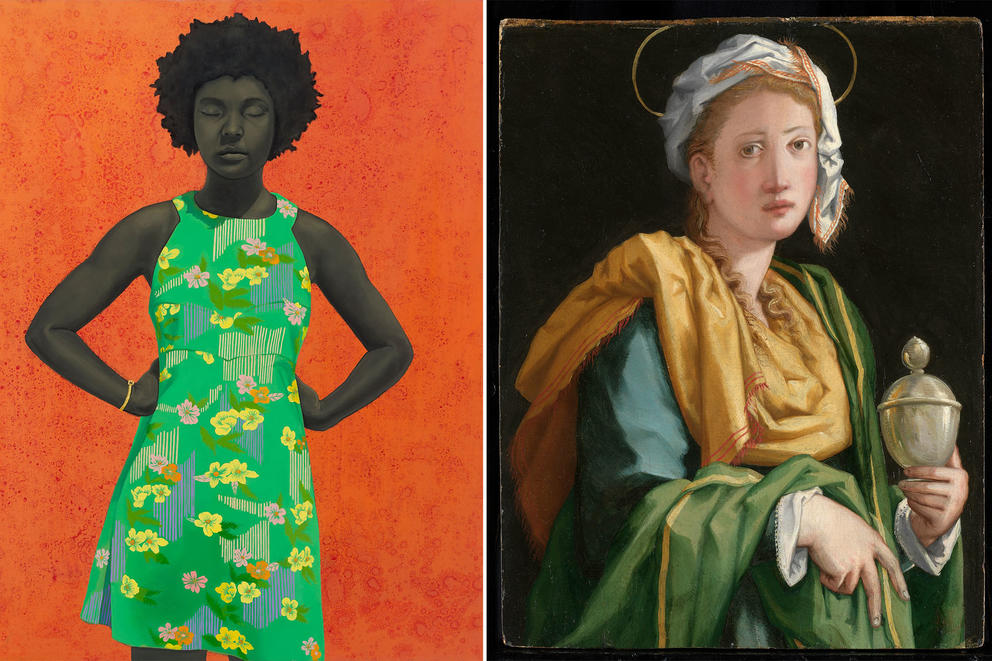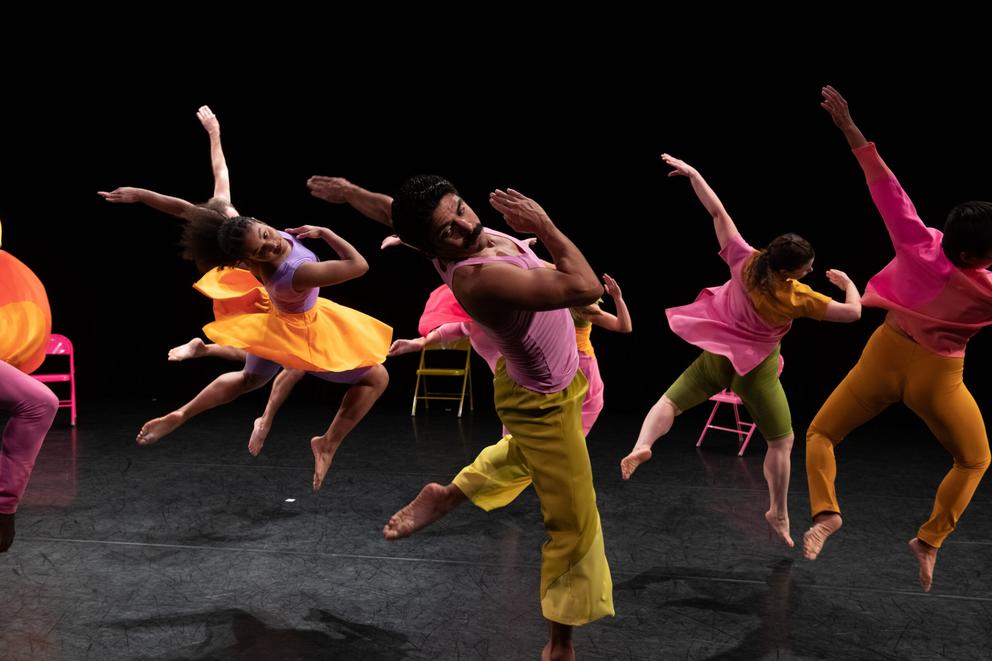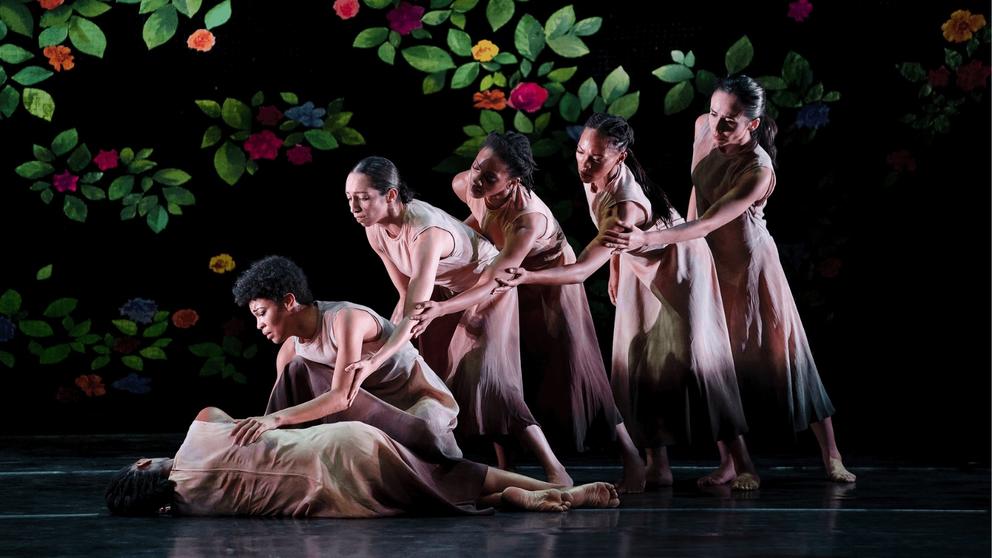The third point of this trifect-art will come thanks to Seattle hotel developer Richard Hedreen (88), who this week announced that he will donate the entirety of his $300 million art collection to Seattle University. With 200 artworks spanning six centuries, this collegiate art donation is being heralded as one of the largest ever.
Hedreen, who studied engineering at the University of Washington, made the gift in honor of his wife Betty, an alumna of Seattle U who died in 2022. “I wouldn’t have met her had she not attended school there,” he noted rather sweetly in the press release. “I always felt like I wanted to support Seattle University.”
Represented artists range from 16th-century portraitist Pontormo to Pop Art pioneer Roy Lichtenstein, and include Andy Warhol, Willem de Kooning, Cecily Brown, Rashid Johnson, Lucian Freud and Amy Sherald.
To house and display this world-class collection of paintings, sculptures, ceramics and photographs, Hedreen donated an additional $25 million toward building a new museum on campus. Seattle U estimates the building will be completed in the next three to five years.
It’s not the first time the Hedreens have augmented the Jesuit school’s artscape. They were major funders of the Chapel of St. Ignatius, the architectural stunner by Steven Holl that was completed in 1997. The husband and wife also co-chaired the campaign to build the Lee Center for the Arts, opened in 2006, which contains a theater space as well as the Hedreen Gallery for emerging artists.
“My impression has always been that the Jesuits are great educators,” Hedreen noted in the press release, “and that as such they provide a finer education because of their interest in literature, poetry, music and art.”
Spring — sing hallelujah! — officially arrives with the vernal equinox (March 19), as does Pike Place Market’s annual Daffodil Day (11 a.m. - 2 p.m.), so grab a free bunch of yellow blooms to celebrate making it through the winter.
Also blossoming is a bouquet of new dance performances — which is going to mean some tough choices ahead for dance fans.
Four years after it planned to, Pacific Northwest Ballet is presenting One Thousand Pieces (March 15 - 24), the Alejandro Cerrudo piece that was supposed to take the stage March 13, 2020. Only a small audience was able to see the dress rehearsal on the eve of COVID closures — and many of those people raved about it to me.
Created in 2012, the piece was inspired by Marc Chagall’s “America Windows,” a 1977 stained glass installation at the Art Institute of Chicago. Set to music by Philip Glass (glass upon Glass), the large ensemble of dancers swim together — sometimes through actual water — to create unified imagery. Also on the double bill is Matthew Neenan’s playful Bacchus (2019), named for the Roman god of merriment and dipped in grape-colored costumes.
Looking very springy indeed are the performers of the Mark Morris Dance Group in the new piece The Look of Love (at Meany Center for Performing Arts, March 14 - 16). This new work by the Mount Baker-raised choreographer (who attended Franklin High School) is a paean to the popular songs of Burt Bacharach and Hal David.
Decked out in candy-colored costumes by Isaac Mizrahi, the dancers illustrate stories of love and loss as a live band performs songs such as “I Say a Little Prayer,” “Do You Know the Way to San Jose?” and “Walk On By.”
Also on the dance deck: The celebrated Alvin Ailey American Dance Theater returns to The Paramount Theatre (March 15 -17) with a mixed bill of contemporary work. Themes include an ode to victims of gun violence, finding joy against all odds and Ailey’s signature 1960 work Revelations, steeped in African American history and set to spirituals, blues and gospel music.
Seattle choreographer Donald Byrd, who has created works for the Alvin Ailey company, also frequently imbues his work with Black history. His Spectrum Dance Theater is doing just that with Grief (at Seattle Repertory Theatre, March 15 -16).
Never one to shy away from socio-racial reckoning, in this work Byrd “imagines the moment preceding Emmett Till’s funeral through the lens of his mother, Mamie Till-Mobley.” Performances will be followed by a discussion with Seattle arts maven and Black Arts Legacies contributor Vivian Phillips.
And next weekend, Velocity Dance Center hosts Pittsburgh multimedia dance company slowdanger for a performance of SUPERCELL (at 12th Avenue Arts, March 21 - 24), an embodied and voiced vision of life amid climate collapse.
While fall is forever touted as the season for curling up with a book, I’m here to promote spring reading as none too shabby. Sunny patio + new book + midweight jacket = perfection. (And less sweaty than summer reading, fall’s salty foil.)
I’m currently ensconced in the compellingly weird world created by Seattle writer Stacey Levine in her new novel, Mice, 1961. Two orphaned sisters — one of them with a strikingly unusual appearance — navigate coming of age in small-town Florida during the Cold War era. Their movements on one fateful day are traced by a shadowy housekeeper who sleeps on the floor behind a “lint-colored” couch.
This nearly invisible watcher shifts between recounting small details, like a chewed piece of string, and adopting an omniscient voice that tracks the meta-story: “Certain stories fray to a faraway edge that tastes as unreal as saffron: metal crushed with honey,” she notes. Spooky and strange! I like it.
Levine will be talking with Olympia writer Anne de Marcken — who also has a new novel, It Lasts Forever and then It’s Over, featuring an undead narrator with a crow companion — at Third Place Books Ravenna (March 27 at 7 p.m.).
More local writers reading:
Performer and playwright Susan Lieu will discuss her new memoir, The Manicurist’s Daughter, about her decades-long search for answers after her Vietnamese refugee mother died following a botched tummy-tuck surgery. (Seattle Public Library, March 19 at 7 p.m.)
Poet Jane Wong celebrates a recent Pacific Northwest Booksellers Award for her delectably written new memoir, Meet Me Tonight in Atlantic City. I wrote about this lyrically told story of growing up in her parents’ Chinese restaurant back in May. (Elliott Bay Books, March 15 at 7 p.m.)
And looking ahead to early April: Longtime Seattle nature writer and essayist Brenda Peterson releases her newest book, Wild Chorus: Finding Harmony with Whales, Wolves and Other Animals. Part memoir, part environmental plea, it begins: “I was raised as a wild animal.” (Elliott Bay Books, April 3 at 7 p.m.)
Get the latest in local arts and culture
This weekly newsletter brings arts news and cultural events straight to your inbox.







